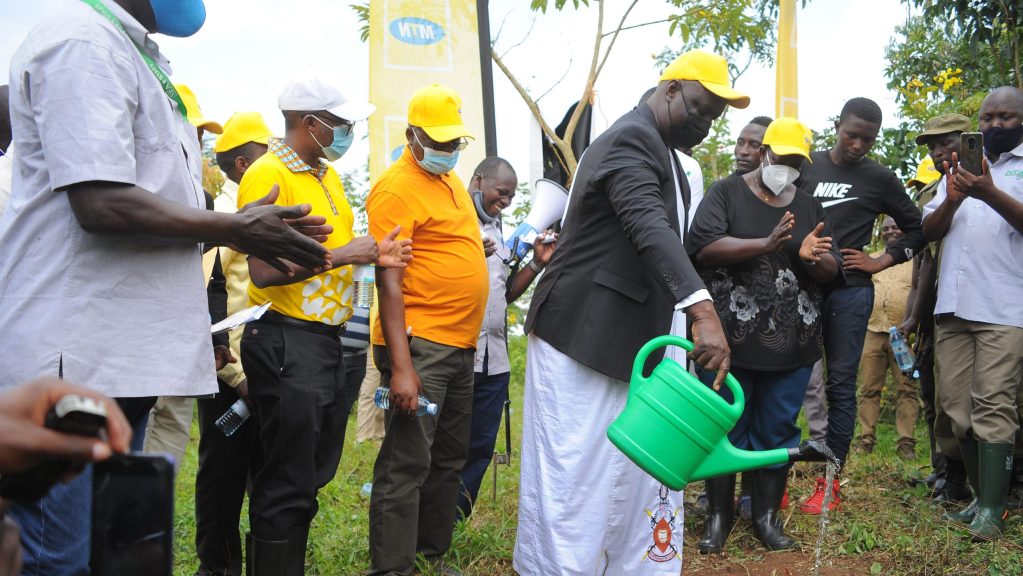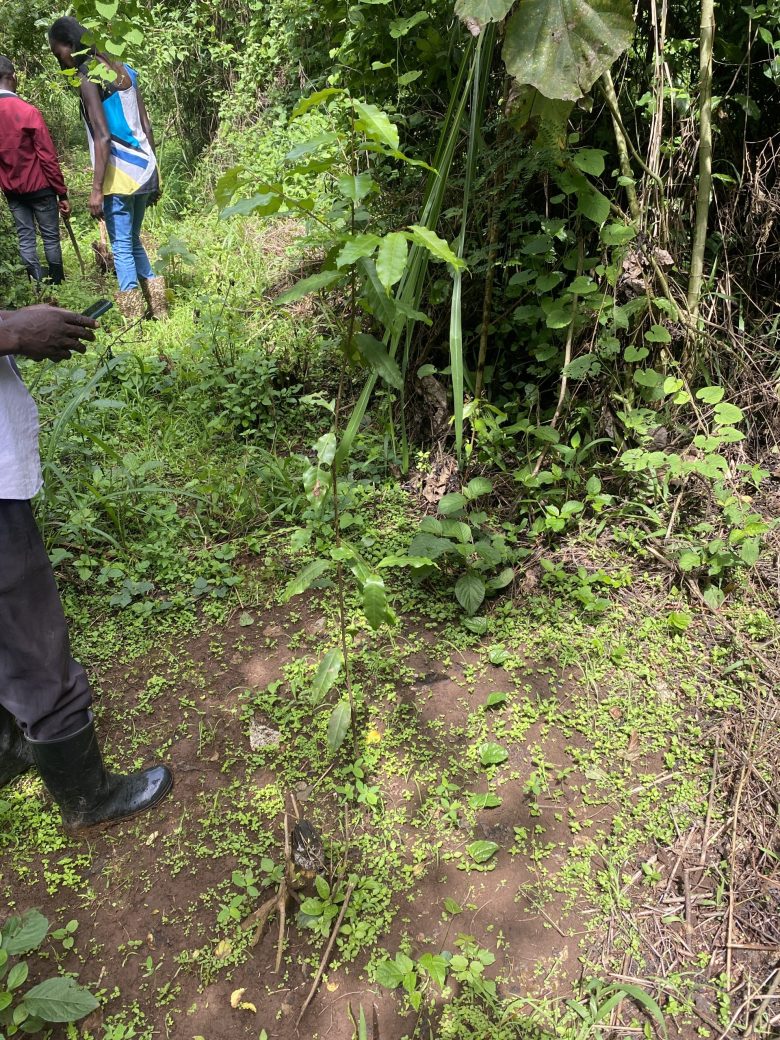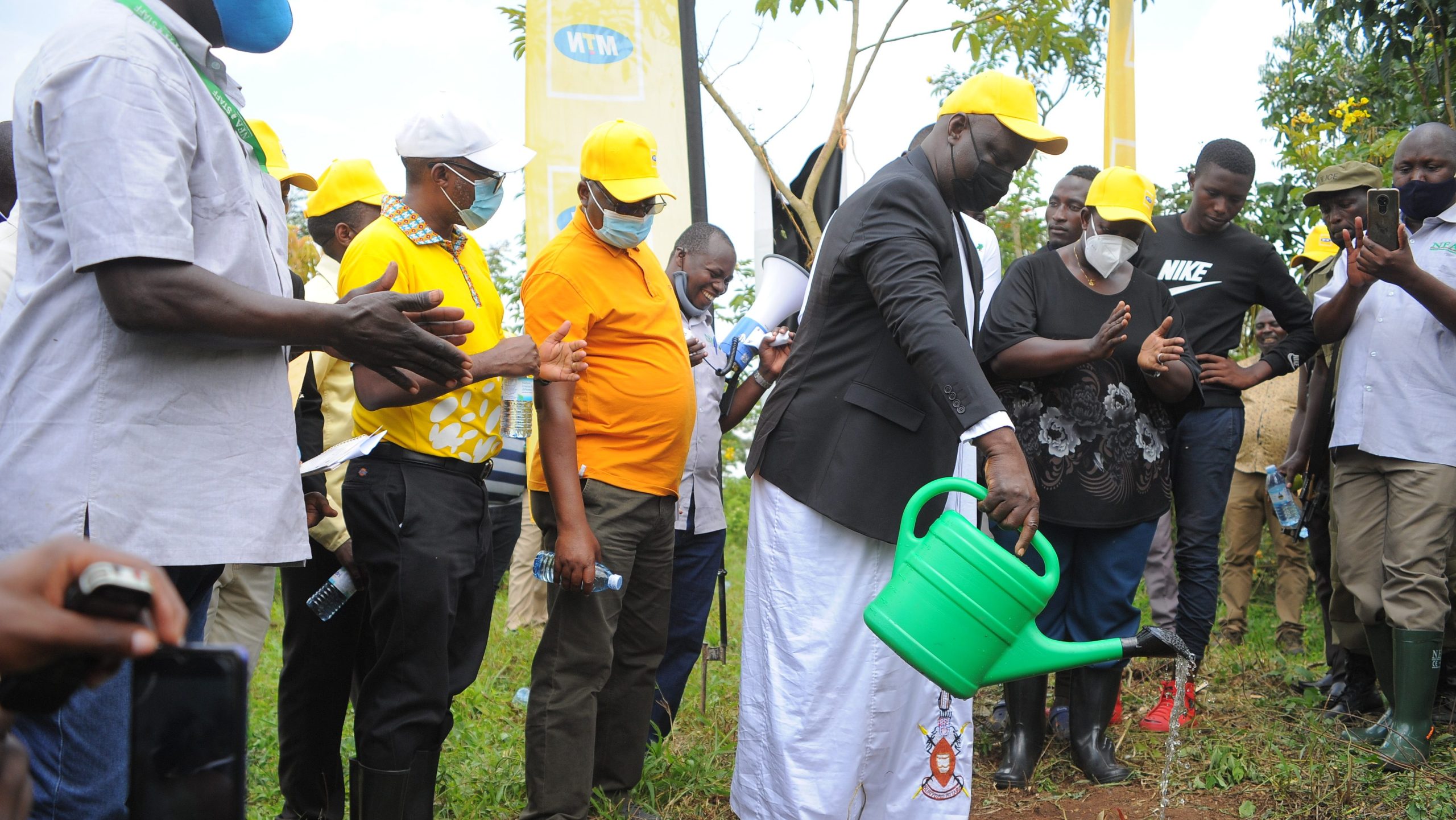
Three years in the past, MTN Uganda launched into an formidable mission to revive 220 hectares of forest cowl. This initiative, a part of the bigger “Uganda is Dwelling” marketing campaign, celebrated the symbiotic relationship between MTN Uganda and the folks of Uganda, reinforcing the corporate’s dedication to the socio-economic well-being of the nation.
MTN Uganda’s forest restoration initiative was greater than a symbolic gesture; it was a tangible recommitment to Uganda’s environmental and socio-economic improvement.
Three years later, the initiative aligns with the 2024 World Surroundings Day theme, “land restoration, desertification, and drought resilience” highlighting the vital significance of reforestation for a sustainable future.
Launched at Kyewaga Central Forest Reserve in Entebbe, the mission was undertaken in partnership with the Nationwide Forestry Authority.

The reforestation effort aimed to revive forest cowl in 5 Central Forest Reserves (CFRs) throughout the nation: Barifa CFR in Arua, Kagombe CFR in Kibaale, Jubiya CFR in Masaka, and Ogera Hills CFR in Serere district. The mission symbolized the corporate’s then, 22-year presence in Uganda, with every 10 hectares representing one 12 months of MTN’s existence within the nation.
Additionally Learn: MTN Uganda launches “Together for Her” campaign to advance women entrepreneurs
Within the three years for the reason that mission’s inception, the affect has been profound. The restored forests haven’t solely enhanced biodiversity but in addition improved the livelihoods of native communities.
Forests play a vital function in local weather regulation, water purification, and soil preservation, contributing to the general well being of the atmosphere and the well-being of the folks.
MTN Uganda’s environmental conservation efforts lengthen past reforestation initiatives. The corporate has decisively dedicated to environmental accountability with its purpose to realize net-zero emissions by 2040, already bearing vital outcomes by means of its “Mission Zero” initiative.
This complete initiative centered on decarbonization has led to the corporate lowering its emissions by greater than half in simply two years.
The corporate registered a outstanding 59% discount in emissions in Q1 2023 compared to Q1 2021. This discount was achieved by means of the strategic deployment of good power monitoring instruments, which offered invaluable insights and enabled the implementation of key actions to considerably scale back energy consumption.
The mission additionally focused Tower Co websites, attaining a 15% discount in emissions regardless of including over 1,000 websites inside two years. This accomplishment was pushed by widespread photo voltaic deployment, the combination of lithium-ion batteries, and a strategic shift within the major energy supply.
MTN Uganda is in its preliminary phases of introducing electrical autos (EVs) into its fleet, aligning with the corporate’s broader technique to additional scale back emissions. Though nonetheless within the procurement section, this transfer marks a major step in direction of sustainable transportation throughout the firm.

Trying forward, MTN Uganda is exploring modern options to harness wind energy in focused areas, regardless of the geographical constraints of Uganda not being at sea degree. Ongoing tasks, together with wind energy manufacturing Proof of Ideas (POCs), are progressing, showcasing the corporate’s dedication to exploring all avenues for sustainable power.
The corporate’s dedication to sustainability and the continued success of Mission Zero exemplify its management within the journey in direction of a greener future.
At present, as we have a good time the 2024 World Surroundings Day, the success of MTN Uganda’s reforestation mission serves as a strong reminder of the significance of ecosystem restoration.
It exemplifies how company accountability and environmental stewardship can go hand in hand, making a sustainable and affluent future for all.
The submit MTN Uganda’s ‘Uganda is Home’ campaign revitalizes 220 hectares of forest cover appeared first on MBU.









